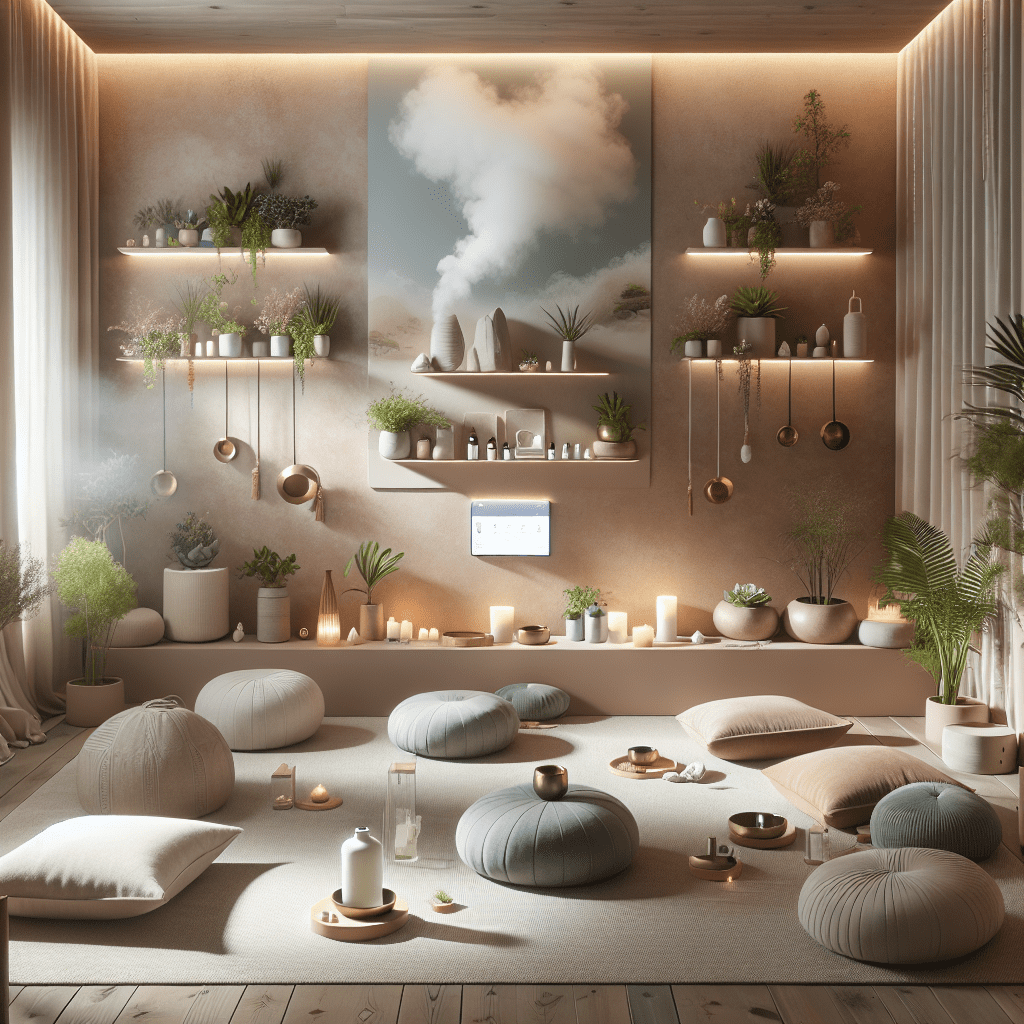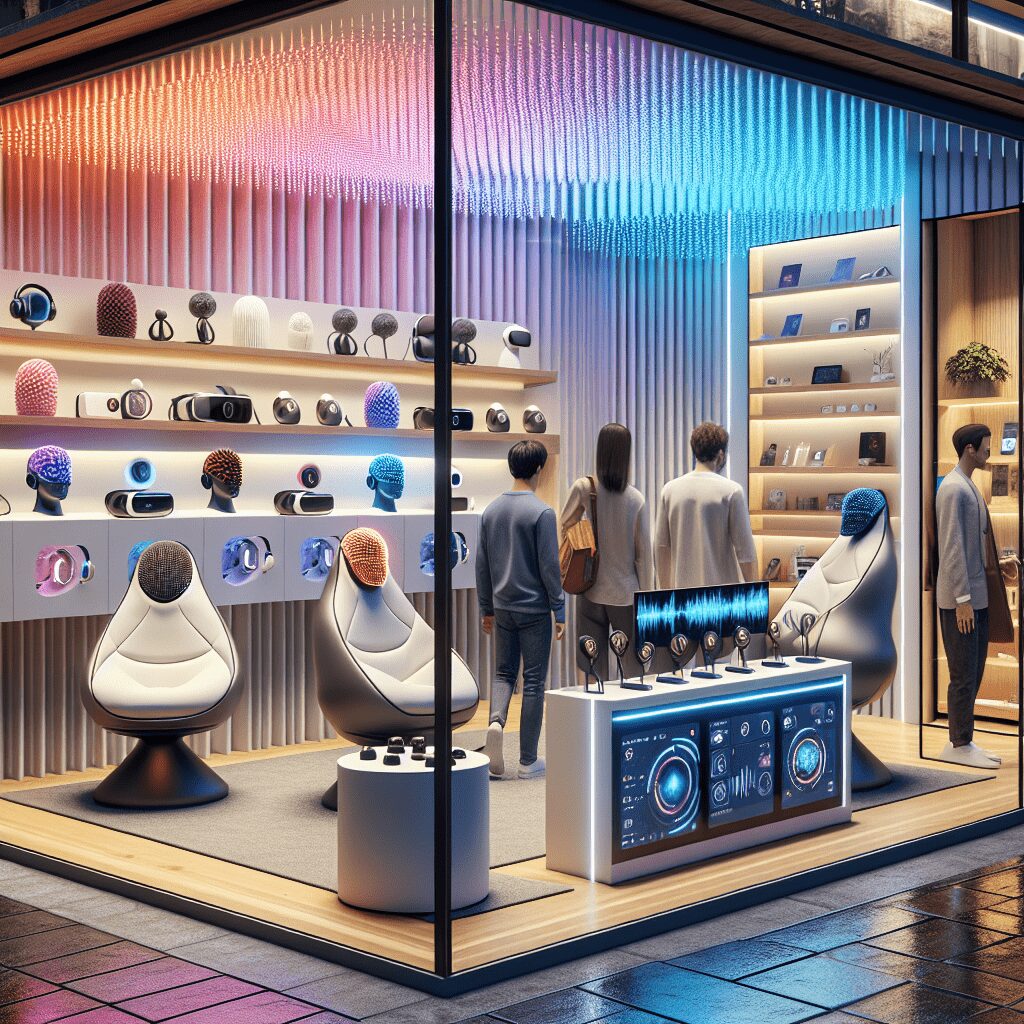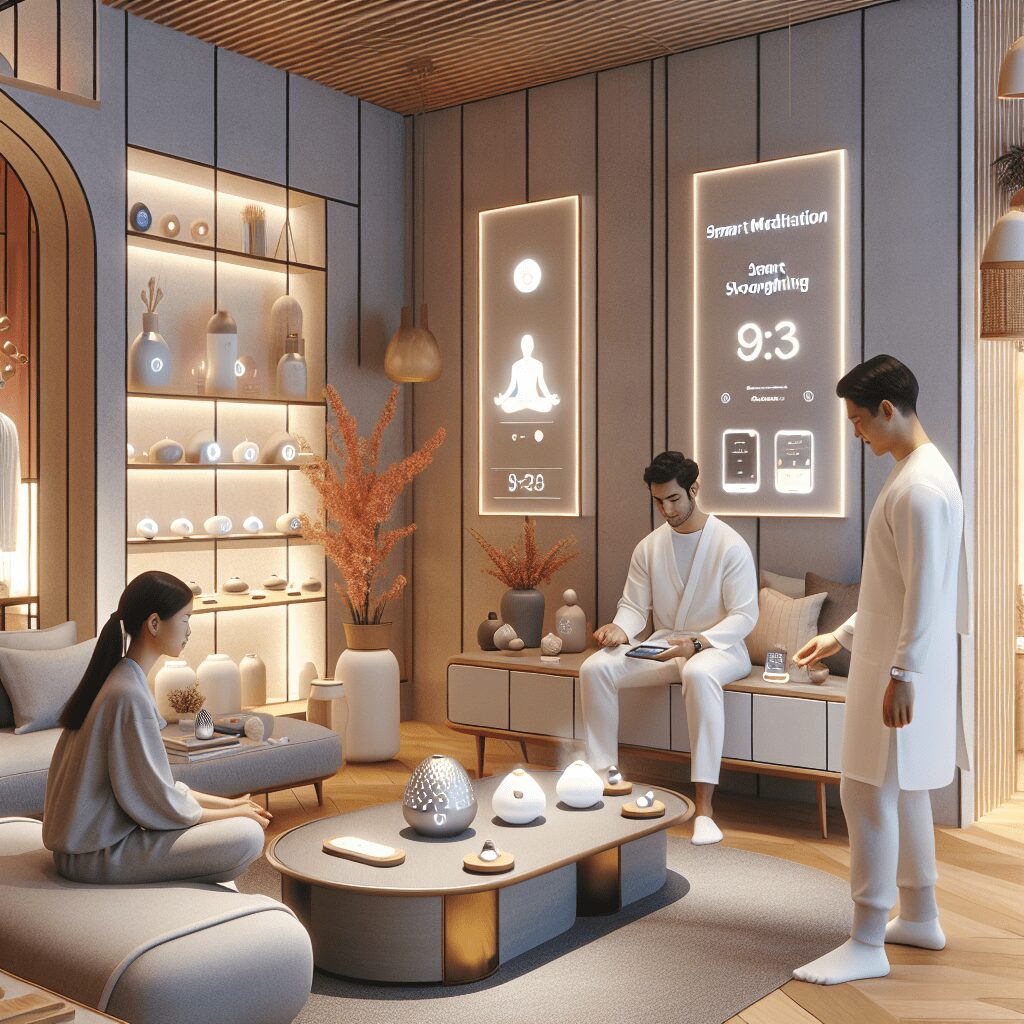
Prioritize your mental well-being daily. Enhance your life by nurturing your mental health with the Smart Meditation app. Break free from stress, alleviate anxiety, and enhance your sleep quality starting today.
What Color Is Anxiety?
Unraveling the Spectrum of Anxiety: A Colorful Insight
Have you ever wondered what color anxiety might be? If anxiety had a color, could it help us understand and manage it better? The whirlwind of emotions that accompanies anxiety could indeed paint a vivid picture, but assigning a single color to something so complex might not do it justice. Let’s dive deeper, shall we?
The Chromatic Language of Emotions
At first blush, one might think of anxiety as a monochrome shadow, perhaps in hues of grey or black, enveloping our minds in darkness. However, emotions are far more intricate, and they do not fit neatly into black-and-white categories. The tapestry of human feelings is a kaleidoscope, and anxiety, with its multifaceted nature, can exhibit a spectrum of colors based on individual experiences and cultural contexts.
Shades of Blue – The Classic Hue of Melancholy
The phrase “feeling blue” isn’t without merit. Historically, blue is often associated with sadness or depression, which can be close companions to anxiety. A pale, washed-out blue might mirror the numbness or detachment one feels, whereas a darker, stormy blue could reflect the depth of worry and unrest stirring within.
Vibrant Yellows and Oranges – The Alarm Bells
It might come as a surprise, but for some, anxiety feels like a blaring alarm, represented aptly by bright yellows and oranges. These colors scream for attention, embodying the urgency and heightened alertness that anxiety invokes. It’s the color of caution, signaling our minds to stay on high alert, perpetually on the lookout for perceived threats.
A Streak of Red – The Flush of Panic
Ah, the color of our racing hearts! Red, the universal sign of danger, aptly mirrors the intensity of panic attacks and the acute stress response. It’s the burning flush that spreads over us when anxiety hits like a freight train, the palpitations that feel as though they’re echoing loud and clear for the world to hear.
The In-Betweens
For some, anxiety doesn’t fit into the primary color wheel. It’s the iridescent color shifts, the murky in-betweens that are hard to describe. These might be the colors that don’t stand out on their own but are felt in the combination of other, more prominent hues. It’s the shadow that lurks behind brighter colors, an undertone that subtly influences the overall palette.
Maneuvering Through the Spectrum
Recognizing the colors associated with our anxiety is not just an artistic endeavor; it’s a step towards understanding and managing it. How so, you ask?
-
Color Therapy: Simply knowing that “my anxiety feels like a stormy blue today” might offer a unique form of expression and self-awareness. Art and color therapy have long been praised for their therapeutic effects, offering a non-verbal outlet for emotions that are hard to articulate.
-
Mindful Meditation: Visualizing these colors during mindfulness or meditation practices can be a powerful tool. By conjuring and focusing on a particular color, we might find it easier to confront and calm our anxious thoughts. Transforming the vivid yellows and reds to more tranquil blues and greens can be a visually stimulating exercise in regaining peace of mind.
-
Communication: Describing your anxiety in terms of color can also facilitate conversations with therapists, friends, or family. It gives a tangible aspect to the intangible, making the invisible visible and easier to comprehend for both the person experiencing it and those around them.
Understanding the colorful language of anxiety doesn’t promise a magic fix, but it’s a step closer to demystifying the experience, making the beast a tad less fearsome. By painting our feelings onto a broader canvas, we offer ourselves and others a new lens through which to view and tackle anxiety. So, next time you find yourself caught in the grips of anxious thoughts, perhaps consider what color your anxiety is today and how that insight could pave the way to brighter, calmer days.





